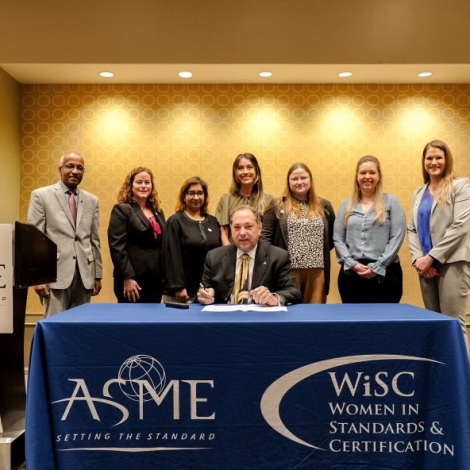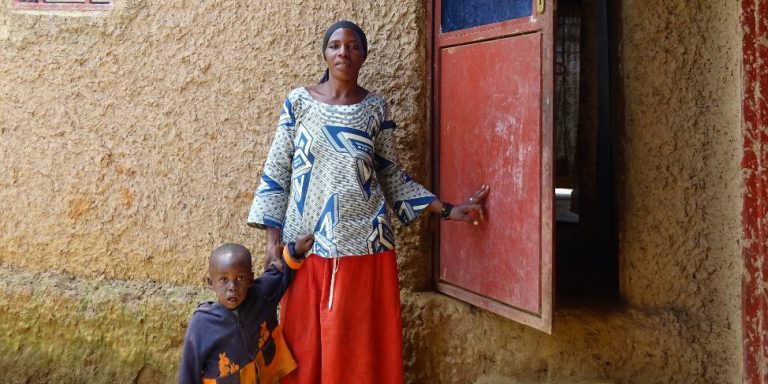This month at the American Society of Mechanical Engineers’ Boiler and Pressure Vessel Code Week in New Orleans, Louisiana, Tom Costabile, ASME’s Executive Director, signed the Declaration for Gender Responsive Standards and Standards Development. The signature linked ASME with other standards-setting organizations around the world in a movement under the UN Economic Commission for Europe. The signatories are voicing their concern for the lack of gender diversity in professional fields that save lives, reduce injury, and improve the quality of products that we use daily.
“The world’s changing, we’re changing with it. Being a part of that process is very fulfilling,” says Grace Bolan, who heads the Women in Standards & Certification Initiative at ASME. Ms. Bolan’s work has led to the milestone signature and the ongoing development of a Gender Action Plan for ASME.
Engineering fields remain among the few professions resistant to gender diversity. Women account for 12-15 percent of the engineering workforce in the United States and Great Britain, according to government census. The ratios are improving slowly. As the world catches up, however, the dearth of women from the ranks of engineers who set standards, in particular, can lead to inefficiencies and even threaten lives.
Examples culled from the UNECE’s call for greater gender diversity include seat belt safety standards that have since been updated that did not take pregnancy into account, leading to the possibly avoidable loss of unborn children. Air conditioning settings in offices were once based on the comfort of 40-year-old men, who tend to have a higher metabolic rate than women. Colder offices, women in sweaters in midsummer and higher energy bills may be the consequences of the absence of a woman’s perspective from standards development.
“A best practice is to first assume that there are potential different outcomes for different genders,” Ms. Bolan says. In practice, Ms. Bolan says, that demands the collection and analysis of sex-disaggregated data.
Ms. Bolan’s work helps describe how the development of standards should change as it includes women. Standards, she argues, could improve as women are included in technical development teams and as test subjects and sources of data to the same extent as men. Ms. Bolan mentions ASME’s light rail and heavy rail safety standards that have been developed around estimates of men’s and women’s body sizes. A more representative set of estimates might lead to improvements, but at the moment it is not known if safety could be improved, or how, because more gender-inclusive formulae have not been deployed, yet.
“ASME is rooted in safety and bringing some level of gender equity through that is a great thing. It’s going to only improve our standards. That’s what standards do. They’re meant to be updated,” Ms. Bolan says.
Gender diversity is a deeply held value at Engineering for Change. This organization operates under the umbrella of ASME, where we reflect, and we hope even propel their movement toward greater inclusion. The data show practical reasons for drawing more women into engineering and standards-setting professions. But the less tangible reasons may be just as important. The girls and boys growing up around the world should know that no doors are closed to them, and they are welcomed enthusiastically into whatever profession they choose. This declaration for gender-responsive standards is a short step in that direction.

